Helpful IT for Healthcare: 4 Ways IT Can Better Support HR
HR departments face unique challenges that require close partnership with the IT department. This partnership can either help or hurt the healthcare organization, so it's essential to get it right! Here are four ways IT can enhance HR operations, leading to a more efficient and productive workforce.
1. Standardize Equipment
Most healthcare employees use some form of technology to conduct their jobs, so HR must partner with IT to ensure that everyone has what they need to get their work done. Equipment standardization can help make this process much smoother and hassle-free and also make troubleshooting equipment-related issues much easier.
Develop Equipment Standards
Establishing clear standards for IT equipment used by staff ensures consistency across the organization. These standards should encompass hardware specifications, software requirements, and preferred vendors to maintain uniformity and reliability.
Streamline Procurement Processes
Simplifying the procurement process for IT equipment is essential for timely and cost-effective acquisitions. By implementing a streamlined procurement system, HR can quickly access the necessary tools without unnecessary delays, ensuring that all departments have the resources they need.
Ensure Compatibility
Ensuring that all IT equipment is compatible with existing systems and software is vital for seamless operations. Compatibility reduces technical issues and enhances the overall efficiency of the organization's IT infrastructure.
Implement Asset Tracking
Using asset tracking systems to monitor IT equipment inventory and lifecycle helps maintain an up-to-date record of all assets. This system can track equipment usage, maintenance, and disposal, ensuring optimal utilization and reducing losses.
Provide Ongoing Support
Continuous support and maintenance for standardized IT equipment ensures optimal performance. Regular updates, troubleshooting, and user support can prevent downtime and enhance productivity.
2. Create Documented Technology Onboarding and Off-boarding
Efficient onboarding and off-boarding processes are critical for maintaining data security and operational continuity. It also involves the exchange of equipment and other technological tools, which is where IT comes into play.
Develop Comprehensive Onboarding Materials
Creating detailed documentation for onboarding new employees, including IT policies and procedures, ensures that new hires are well-informed and prepared. These materials should cover all aspects of IT usage, security protocols, and organizational standards.
Standardize Off-boarding Processes
Implementing standardized procedures for off-boarding employees is crucial to ensure data security and compliance. A well-defined offboarding process helps prevent unauthorized access to sensitive information and ensures all company assets are returned.
Provide Role-Specific Training
Offering tailored IT training based on the specific roles and responsibilities of employees ensures that they are equipped with the necessary skills and knowledge. Role-specific training can improve productivity and reduce the likelihood of errors.
Monitor and Improve Processes
Regularly reviewing and improving onboarding and off-boarding processes based on feedback and changing needs helps maintain efficiency and relevance. Continuous improvement ensures that these processes remain effective and aligned with organizational goals.
3. Provide Data Privacy and Cybersecurity Safety Training
Protecting sensitive information is paramount in healthcare, making data privacy and cybersecurity training essential. IT must advocate for data privacy within the organization to secure important information.
Conduct Regular Training Sessions
Regular training sessions on data privacy and cybersecurity best practices ensures that all employees know the latest threats and how to mitigate them. Regular training reinforces the importance of security and keeps it top-of-mind.
Include Real-World Scenarios
Using real-world scenarios in training makes the information more relevant and impactful. Employees can better understand the potential consequences of security breaches and how to avoid them.
Monitor Compliance
Tracking employees' completion of training and compliance with cybersecurity protocols helps ensure that everyone adheres to the necessary standards. Monitoring compliance can also identify areas where additional training may be needed.
Update Training Materials
Regularly updating training materials to reflect the latest threats and best practices ensures that employees have access to current information and helps protect the organization against evolving security risks.
4. Enhance HR Analytics and Reporting
Advanced analytics and reporting tools can provide valuable insights into workforce trends and HR metrics, and IT can help facilitate this data utilization.
Implement HR Analytics Tools
Using advanced analytics tools to gain insights into workforce trends and HR metrics can help HR departments make data-driven decisions. These tools can analyze various data points, such as employee turnover rates, performance metrics, and recruitment success.
Develop Customized HR Dashboards
Creating customized dashboards for HR executives allows them to monitor KPIs and metrics in real time. These dashboards can provide a consolidated view of critical data, helping executives track progress and identify areas for improvement.
Analyze Employee Engagement Data
Using data to measure and improve employee engagement and satisfaction is crucial for maintaining a motivated and productive workforce. Analytics can identify factors influencing engagement and help develop strategies to enhance it.
Support Workforce Planning
Leveraging analytics to support workforce planning and identify future staffing needs ensures that the organization is prepared for growth and changes. Data-driven workforce planning can improve recruitment strategies and ensure that the organization has the right talent in place.
Healthcare is a very people-focused area of service. IT and HR are natural companions in supporting and protecting the people involved in the healthcare organization, whether they are employees or patients. By leveraging technology and structured processes, IT can significantly improve HR operations. These enhancements lead to a more efficient, productive, and engaged workforce, ultimately benefiting the entire organization.

